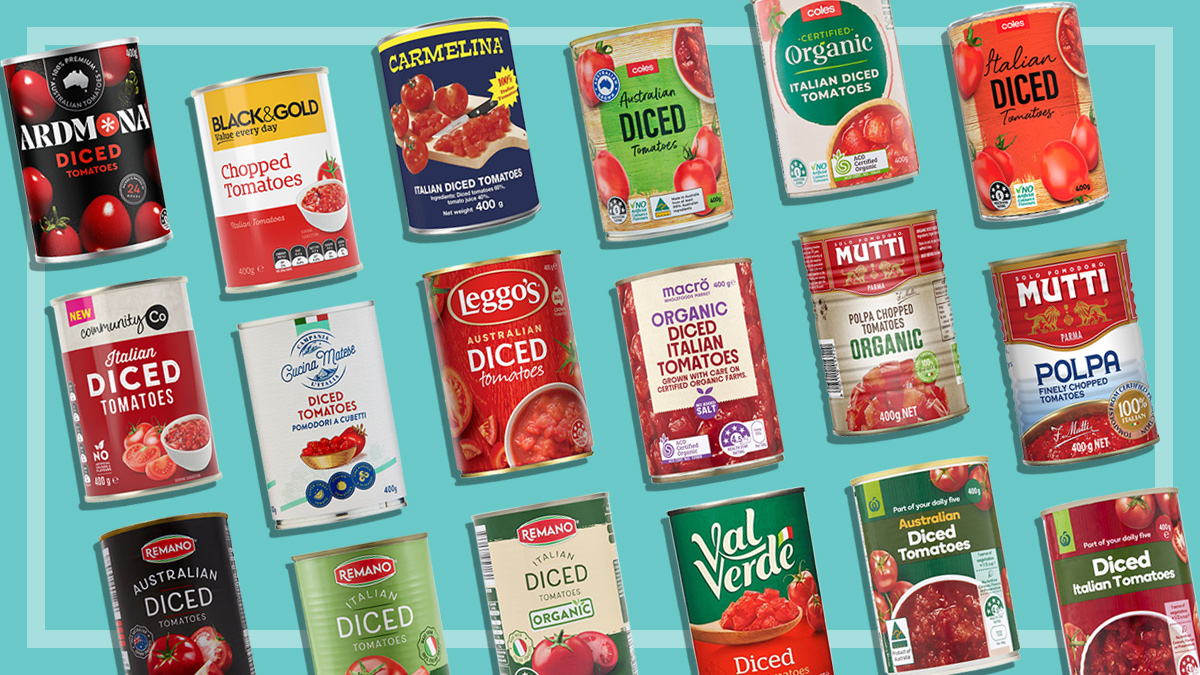Get our independent lab tests, expert reviews and honest advice.
Health Star Rating review doesn’t go far enough

Need to know
- Sodium and sugar penalties don't go far enough
- The report has ignored calls for more ambitious changes, despite consensus from public health and consumer groups
- Uptake targets for Health Star Ratings are not high enough
The release of the long-awaited Five Year Review of the Health Star Rating System was a missed opportunity, according to consumer groups and public health experts.
“The recommendations do not go far enough to ensure that the Health Star Rating system works for consumers,” says CHOICE food policy expert Linda Przhedetsky.
CHOICE, along with other public health organisations from Australia and New Zealand, have been calling for a Health Star Rating System that is mandatory, is free from undue industry influence, and that penalises sugary and salty snacks appropriately.
Unfortunately, without major improvements, it may be another five years before the system meets shopper’s needs.
“We urge Forum ministers to go further, and implement more ambitious changes to the Health Star Rating system, as recommended by consumer groups and public health experts,” says Przhedetsky.
Uptake targets a big concern
As of June 2019, there were 15,292 products that displayed the health star rating graphic. While the report calls for a substantial increase in uptake, it’s still too low.
“A 70% target over a five year period is not high enough. This doesn’t do much to close a major loophole in the system,” says Przhedetsky.
“This will let manufacturers continue avoiding putting Health Stars on 3 out of 10 products.”
Inadequate penalties for sugar and salt
CHOICE is also disappointed to see that the recommendation won’t adequately penalise sugary and salty foods.
The recommendations give manufacturers a green light to keep packing food with added sugar and salt
Linda Przhedetsky, CHOICE
“The report’s recommendations give manufacturers a green light to keep packing food with added sugar and salt, while cashing in on undeserved high Health Star Ratings,” Przhedetsky says.
“The report’s modest recommendations do not go far enough to penalise unhealthy foods.”
Added sugars to be highlighted
There was some good news for consumers.
Along with the release of the review, a separate announcement from the Ministerial Forum for Food Regulation’s August meeting has confirmed that all state and territory ministers have agreed to the request that Food Standards Australia New Zealand (FSANZ) review nutrition labelling for added sugars.
In the announcement, it was noted that quantifying added sugars in the nutrition information panel was the best option for the desired outcome.
We need actual information, not marketing on our food labels
Linda Przhedetsky, CHOICE
“We’ve been calling for the inclusion of added sugars in the nutritional information panel and the pictorial representation of added sugars on beverages,” says Przhedetsky. “We’re pleased to see these options being considered.”
“Right now, it’s impossible to know how much added sugar is in the food that we eat. We need actual information, not marketing on our food labels. The Forum’s decisions to review added sugar labelling options is a major step forward to better labels,” says Przhedetsky.

Energy icon to go
Despite disappointment in many of the recommendations, one positive to come out of the report is removal of the energy icon on drinks.
The energy icon has been one of five Health Star Rating graphic options available to manufacturers. This icon is most commonly used on non-dairy beverages and confectionery, but it’s not well understood by consumers and doesn’t provide information to support healthy choices.
Also, because some products choose the energy icon and others use the stars, it makes it difficult to compare products.
“We welcome the removal of the confusing energy icon on beverages. We need labels that make sense for shoppers, and with only two percent of Australian consumers finding it easy to understand, this icon clearly wasn’t helping,” says Przhedetsky.





